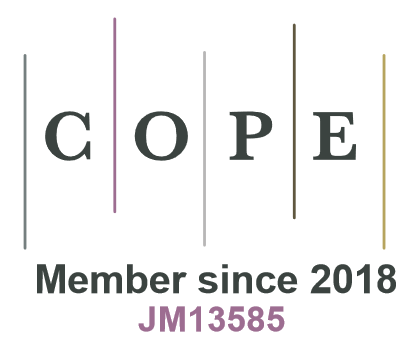Articles containing the keyword 'random forest'
Category : Research article
Maps of forest resources and other ecosystem services are needed for decision making at different levels. However, such maps are typically presented without addressing the uncertainties. Thus, the users of the maps have vague or no understanding of the uncertainties and can easily make wrong conclusions. Attempts to visualize the uncertainties are also rare, even though the visualization would be highly likely to improve understanding. One complication is that it has been difficult to address the predictions and their uncertainties simultaneously. In this article, the methods for addressing the map uncertainty and visualize them are first reviewed. Then, the methods are tested using laser scanning data with simulated response variable values to illustrate their possibilities. Analytical kriging approach captured the uncertainty of predictions at pixel level in our test case, where the estimated models had similar log-linear shape than the true model. Ensemble modelling with random forest led to slight underestimation of the uncertainties. Simulation is needed when uncertainty estimates are required for landscape level features more complicated than small areas.
Category : Complex remote sensing-assisted forest surveys – Discussion article
This paper examines forest resource mapping from a statistical perspective, highlighting the opportunity to use a design-based approach to ensure inferential congruency with the estimation of averages and totals of forest attributes. Traditionally, in forest surveys estimates of averages and totals are obtained using design-unbiased estimators, with known variance expressions that can be easily estimated using standard sampling methodologies. The paper emphasizes the prominent role of kNN and Random Forest techniques in forest mapping while addressing the methodological limitations identified over more than thirty years of forest literature in efforts to estimate map precision. The critical importance of design-based map consistency, often overlooked in forest literature, is discussed and clarified, demonstrating that it allows for the development of design-based estimators of map precision through bootstrap resampling from the estimated maps.



